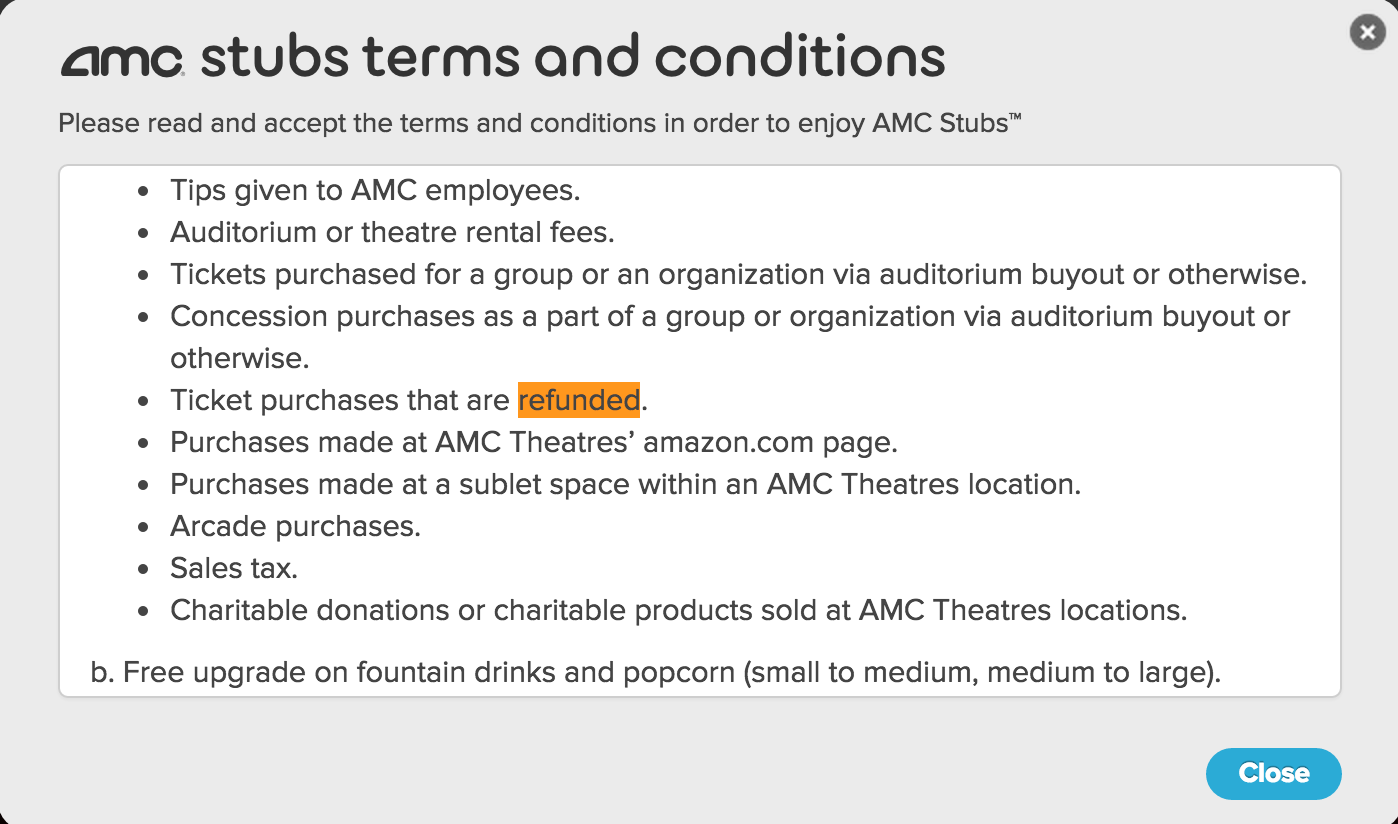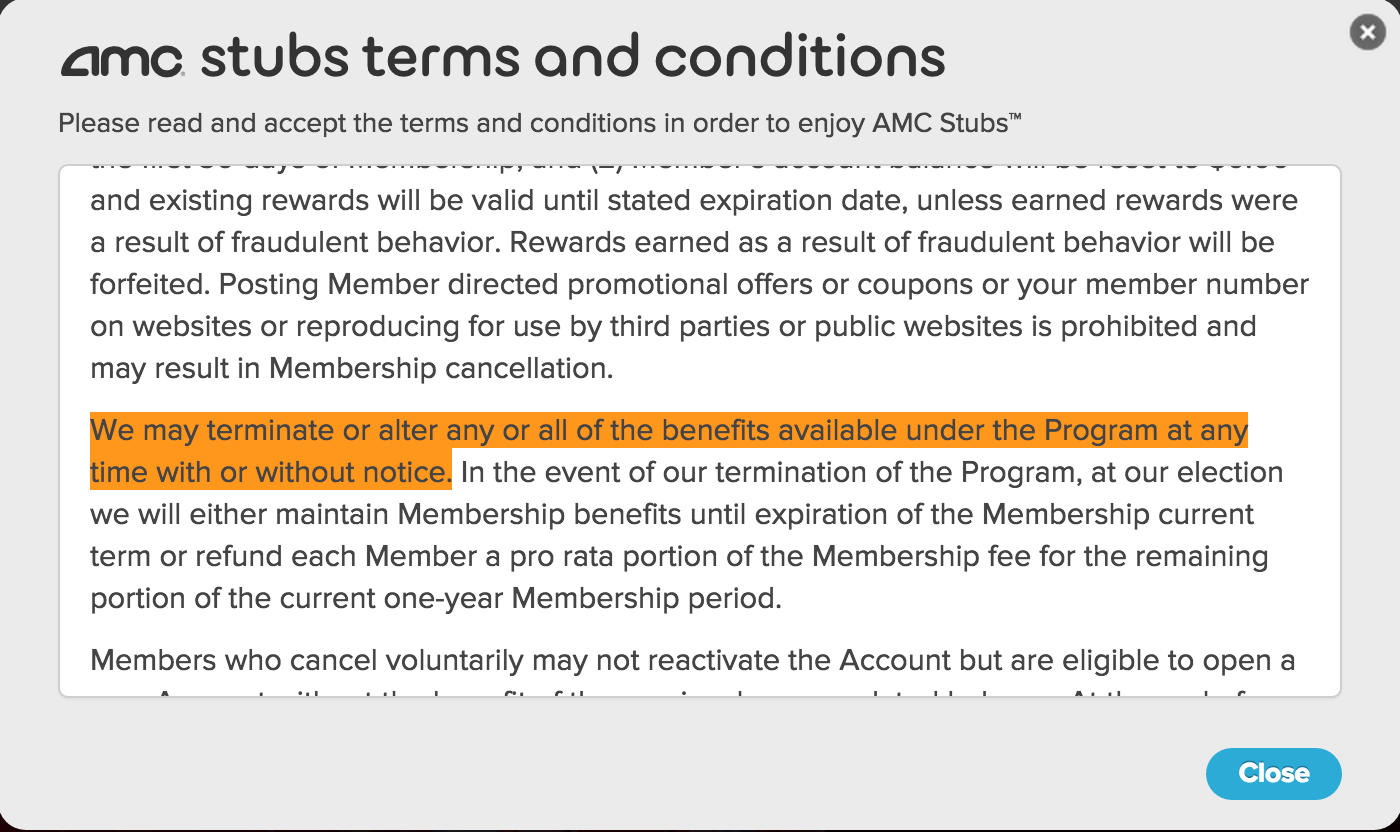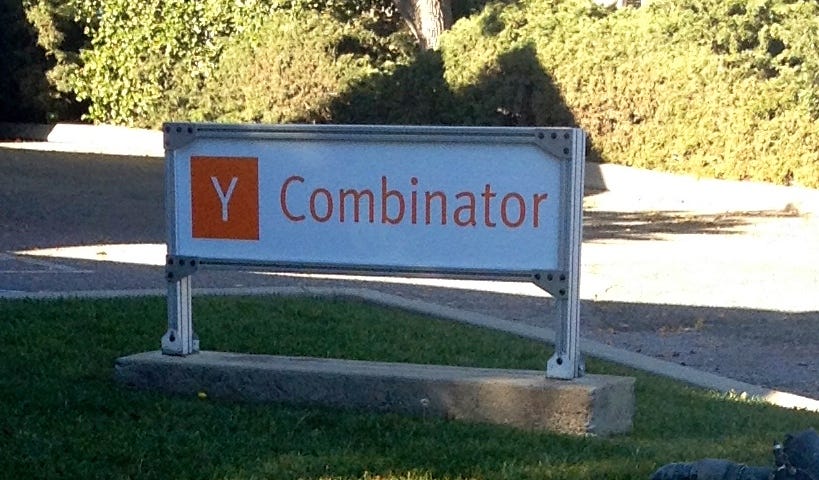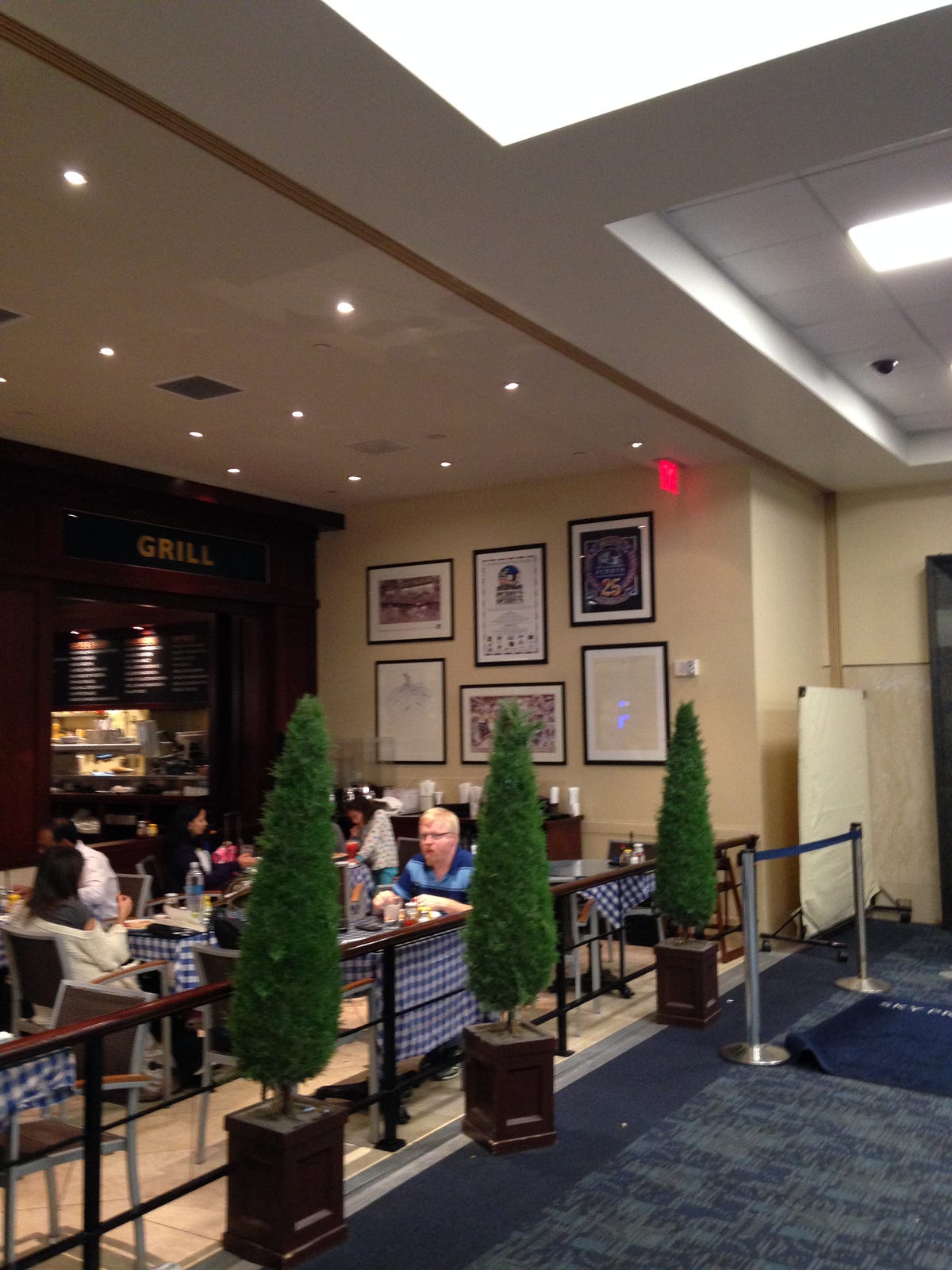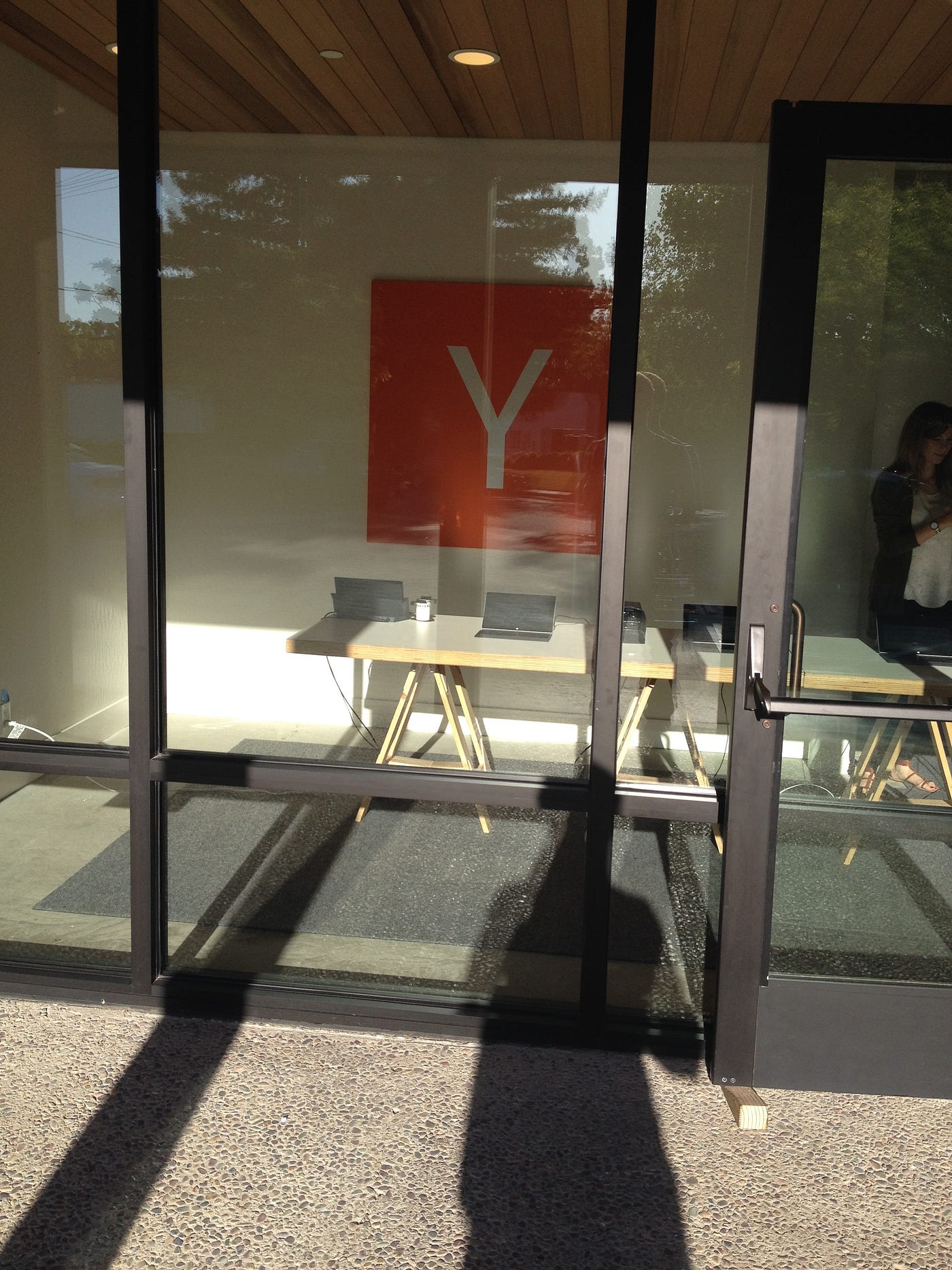
I was fortunate to be part of Y Combinator’s 2014 summer batch. With each following application cycle, I have been asked by friends and friends of friends to help with their application. I found myself saying the same thing in different ways so I thought I would do my best to try and provide some tips and ‘translate’ the application. I will explain the thought process behind each question and then provide an example answer.
I will use Thumbtack as a case study. They are not a YC company but I am big fan of marketplaces (and Thumbtack!). Also, hiring a professional for a service is a problem with which many of us are familiar. Please do not take any statements below as fact. Thumbtack is just my example.
I will also skip a few questions that do not need explaining (e.g., category, corporation, etc.)
I hope this helps.
Question: Describe your company in 50 characters or less.
Tips:
Do not use “X for Y.” Before you freakout and say that YC has always recommended this method, let me put you at ease with two of Sam’s most recent tweets.
"Very few of the best startups I have been involved with could describe themselves as "the X for Y".
“Uber for Y.” Uber means different things to different people: a logistics network, a food delivery service, a courier service, a cab company. It could also imply that I will use something four times a day.
Keep it simple! “Press a button and a car comes to you in minutes.” That was 49 characters with the period and very few people will come away from that with radically different ideas. They may differ on its ultimate potential or possibilities but they will understand what your product does from day one. You need to survive day one to get to day two. To use PG’s example, there is no need to explain “your Microsoft” here, only your Basic Interpreter.
Example Answer:
Character Count: 50 with the period :)
Question: What is your company going to make?
Tips:
Example Answer:
Thumbtack focuses exclusively on the introduction between the customer and the experienced professional. Finding the right contractor is the key pain point when hiring a contractor for your home. It is not, for example, paying them.
We solve this problem with our unique bidding system. A customer fills out a project-specific form and receives a project-specific quote from experienced professionals. We require professionals to pay for each bid they submit and show the customer the first 5.
Question: Please tell us about an interesting project, preferably outside of class or work, that two or more of you created together. Include urls if possible.
Tips:
Translation:
Example Answer:
- Checking each airlines localized sites and throwing our IP address to that location. Airlines change their prices based on the location of the potential customer.
- Using our intended destination as a “connecting” airport. For example, sometimes flights that connect through Chicago are cheaper than direct flights to Chicago. You simply don’t fly on the second or third leg.
Question: How long have the founders known one another and how did you meet? Have any of the founders not met in person?
Tips:
Example Answer:
Question: How far along are you?
Tips:
Example Answer:
We launched 5 months ago and here are our key metrics:
- 650 completed projects (50% MoM growth)
- 150 Contractors Signed Up, 3200 potential customers
- 1900 bids (close-rate ~34% lifetime but increasing as network grows)
Question: What is your monthly growth rate?
Tips:
Example Answer:
- Potential Customers: 45% MoM
- Contractors: 35% Mom
- Completed Projects: 50% Mom
- Close-rate: 9% MoM
Question: Why did you pick this idea to work on? Do you have domain expertise in this area? How do you know people need what you’re making?
Tips:
Translation:
- Why are you passionate about this idea? How do we know you won’t give up at the first sign of trouble? Are you willing to spend the next decade on this idea?
- Why are you uniquely suited to solve this problem?
- Have you validated this idea? Have you tested it out?
Example Answer:
First, My dad was a contractor for 43 years and I have experienced the problem of getting new clients first hand. Getting new jobs was hard. From the ages of 7–18, I was head of business development for his company☺, which meant hanging flyers on every single lamp post in town every Saturday for 11 years and responding to every single Craigslist request for a contractor. Each time he would have to give references and justify that he and his team could do the job. AND the majority of the customers didn’t know the right questions to ask to help us give a quote. Often times, they ended up just going with their friend’s plumber even though my dad was obviously better!
Question: What’s new about what you’re making? What substitutes do people resort to because it doesn’t exist yet (or they don’t know about it)?
Tips:
The first question is there to assess the novelty of your idea. What is the value that your company will add?
The second question is there to assess the marginal benefit of your idea. Is it 10x better than alternatives? It must be 10x better. Note that a substitute does not have to a company or product. It could simply be a time consuming or inefficient process.
For example, Snapchat enabled people to send disappearing pictures (the new). People had to either resort to trusting the recipient entirely (even if simply an ugly selfie) or not send the picture (the substitute). Evidently, neither option was sufficient.
Example Answer:
Before we existed (or for those who haven’t heard of us yet), people had to resort to archaic means of finding a professional. They could either search through Craigslist and hope for the best or call friends and use who they had used — with a limited sense of what the market has to offer.
We also provide an incredible customer acquisition channel for our contractors. It isn’t just that customers have trouble finding great contractors but contractors have trouble acquiring new customers. We help grow their business.
Thumbtack is quite the matchmaker.
Question: Who are your competitors, and who might become competitors? Who do you fear most?
Tips:
A competitor isn’t always someone doing the exact same thing. A competitor is simply an alternative from the consumer’s perspective. While Facebook competed with other Social Networks, Airbnb competed with the hotel industry and Amazon competed with Borders. Understanding the alternatives, and why your solution is 10x better, is crucial to acquiring customers.
In this question, show you know your stuff. Again, do not shy away from your competitors but rather analyze the heck out of them and be honest with your fears…it is the only way to overcome them!
Example Answer:
We fear Amazon and RedBeacon.
We fear Amazon because it has almost unlimited resources. They do not need to profit from this arm of their business. We do.
Most importantly, no one is mainstream. The winner has yet to be determined in this fragmented and inefficient market. Ultimately, assuming each player executes, the winner will be the model that scales in the most cost-effective way. We believe the winning model is one that charges for a bid (similar to an advertisement) and not one that takes a percentage of the sale. Contractors understand paying for a lead, they have trouble with the idea of a broker or an agent.
Question: What do you understand about your business that other companies in it just don’t get?
Tips:
Example Answer:
However, in our case, this is not the main pain point and not where we can add the most value. When people hire a painter, the pain point they experience is not paying them $3,000 after they have completed the job.
Question: How do or will you make money? How much could you make?
Tips:
Example Answer:
Approximately 1/1000 people in the United States is a plumber (note, Thumbtack is far more than plumbers). If we assume that a major metropolitan area (e.g., San Francisco) has a stronger concentration of plumbers (1/300), then we can estimate there are 2800 plumbers in San Francisco.
Currently, our contractors are providing ~10 quotes/month with an average of $10/quote (5% of their advertising budget). If we assume this rate is maintained, $100/month ($1200/year) for 30% of plumbers in San Francisco, that results in just over $1MM per year. This is exclusively from plumbers solely in San Francisco. Nevertheless, we believe this rate will increase as our close-rate increases, the network expands, and we are able to drive more business their way.
This number increases significantly when we include:
- Other experienced professionals (painters, exterminators, electricians)
- Additional cities (San Francisco only has ~850k people)
- A larger slice in contractors advertising budget (we can do better than 5%)
Question: How will you get users? If your idea is the type that faces a chicken-and-egg problem in the sense that it won’t be attractive to users till it has a lot of users (e.g. a marketplace, a dating site, an ad network), how will you overcome that?
Tips:
Are you scraping Craigslist/Yelp and emailing/texting potential customers? How many do you email each day? What is the response rate? If your main source of new users is from advertisements, what channel? Why? What is the click through rate? How much are you paying per download/click? How does that compare to the estimated LTV of each customer (i.e., do the unit economics make sense?)? Or are your users coming from events, partnerships, blog, youtube, social media, or cold-call sales? Regardless, be specific and break it down.
This is an opportunity to open the kimono and show YC how your brain works. The best YC interview is ultimately a conversation where you open your brain to them and have a dialogue about your business. Think of the application as an extension of that dialogue.
Example Answer:
Supply Side: We solved the initial supply-side problem by building a strong single-player utility for contractors.
As a result, contractors were able to receive value from Thumbtack from day one, even without the “demand” side of the marketplace. They “came for the utility” and have ultimately “stayed for the network.”
We found these contractors by scraping thousands of databases across the web to find the exact location of these professionals. We then created extremely targeted advertisements to get them to sign up.
123/150 (82%) of our contractors have used this tool prior to responding to a customer inquiry. Of the 123 that have used the tool 86 (70%) have submitted a quote within 3 weeks.
Demand Side: We have 3 main channels through which we acquire potential customers.
- Craigslist posts (35%): they were extremely well formatted and redirected back to Thumbtack, which attracted many potential customers when they searched on Craigslist.
- Direct Search (47%): We have manually created over 1000 unique forms for potential jobs (e.g. painter, plumber, air-condition repair). As a result, we appear extremely high in search results for most home-related services.
- WOM (18%): Thumbtack is awesome and people tell their friends :)
Question: Please tell us something surprising or amusing that one of you has discovered.
Tips:
Example Answer:
Question: What convinced you to apply to Y Combinator?
Tips:
Example Answer:
I trust them.
Thanks to Cleo Abram, Henri Stern, Ryan Shea, and Amy Buechler for reading drafts of this.



